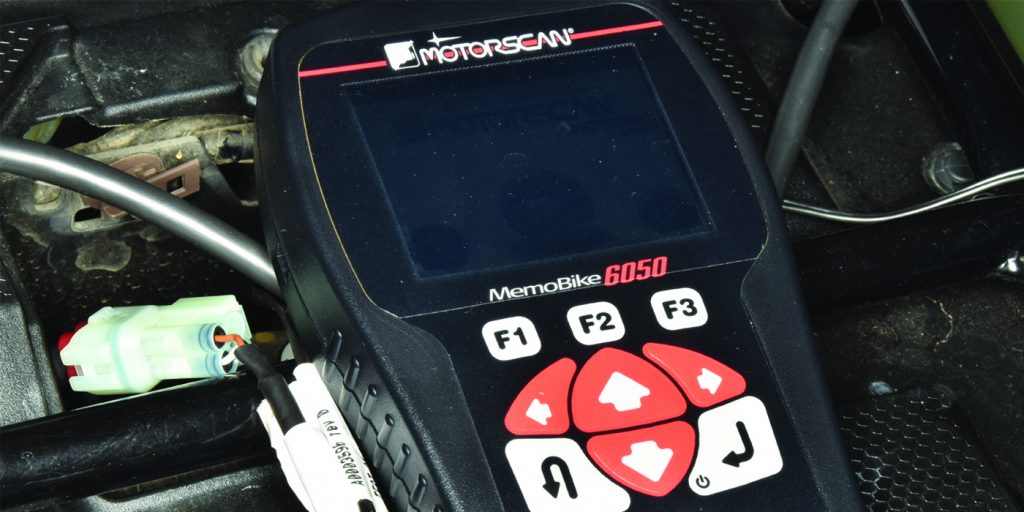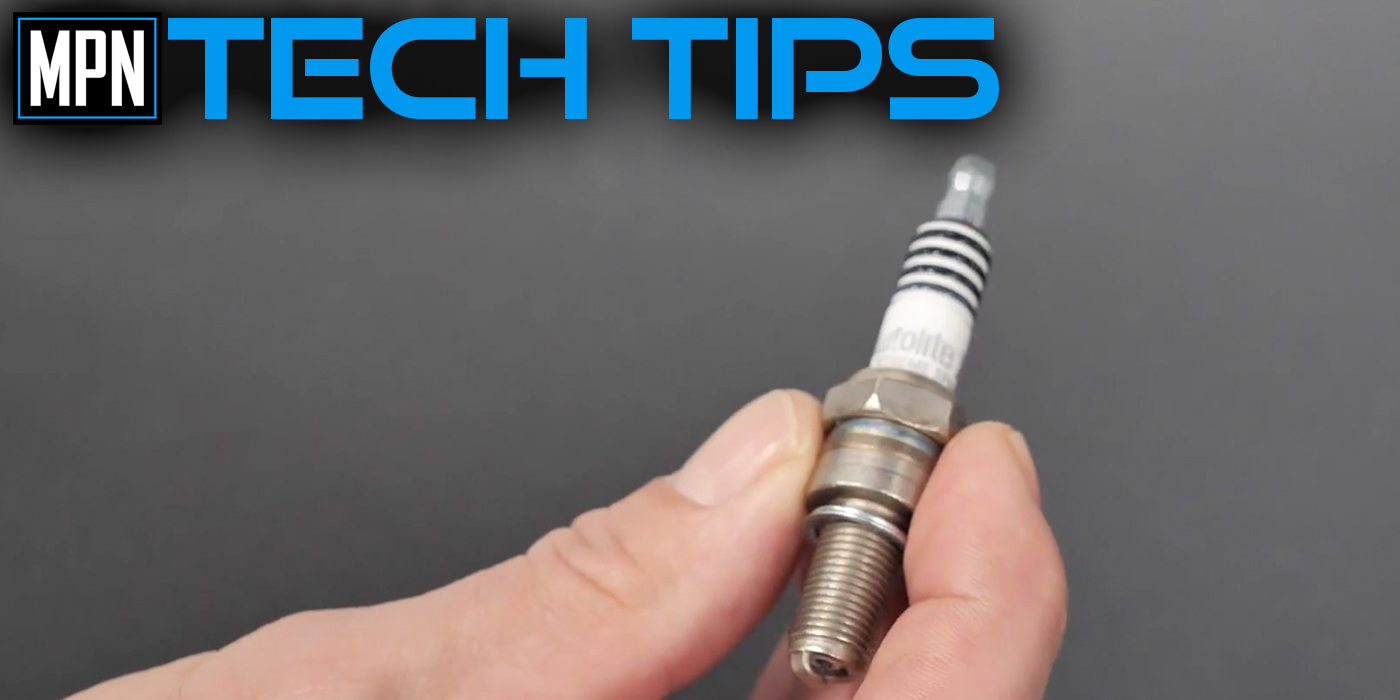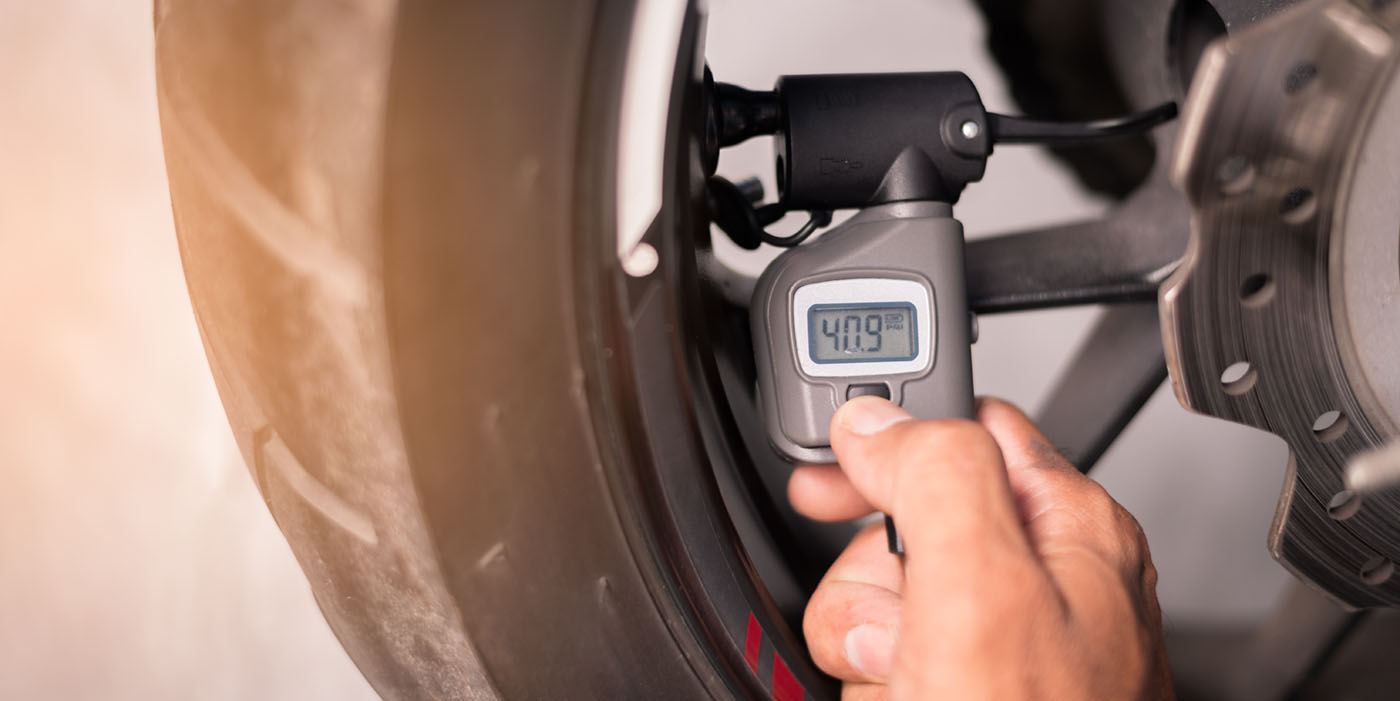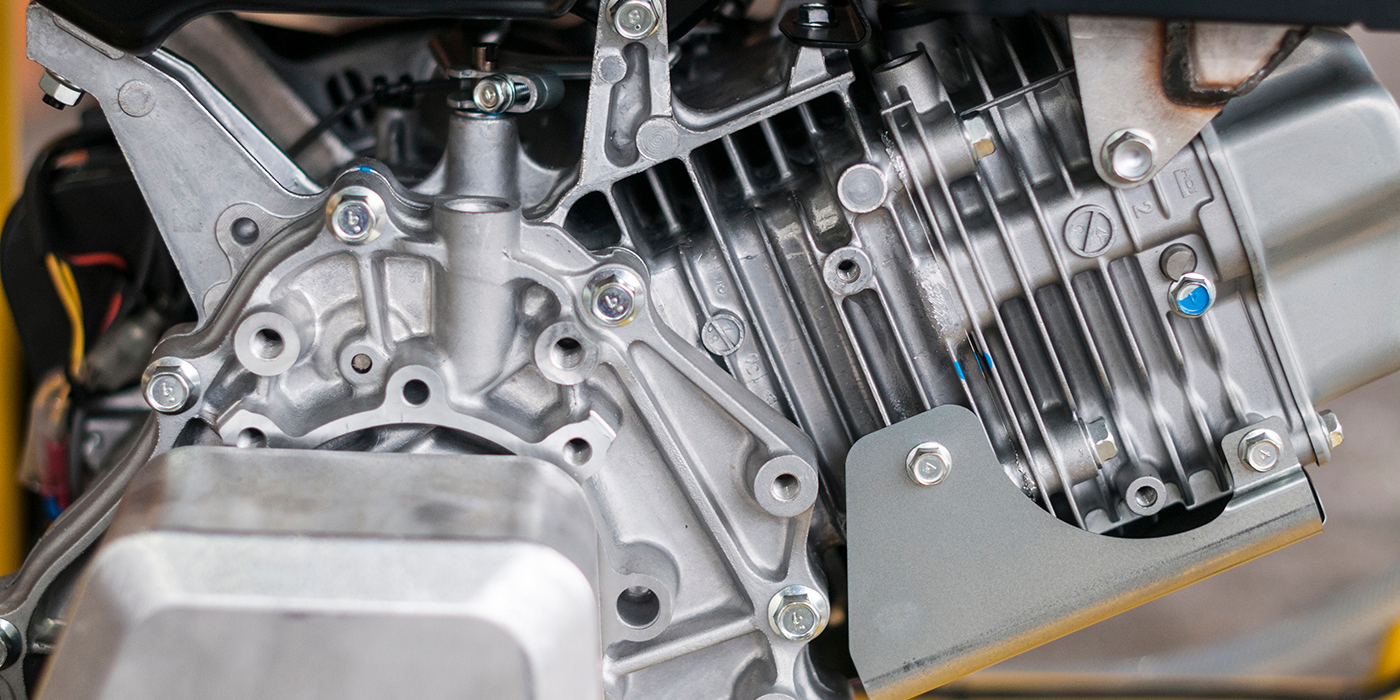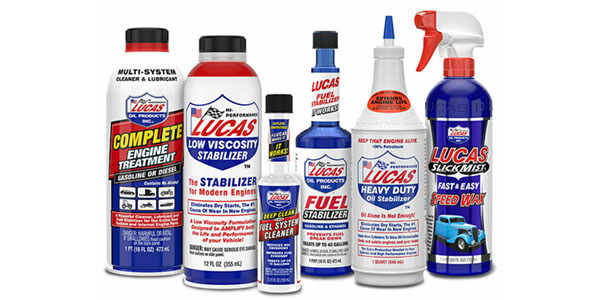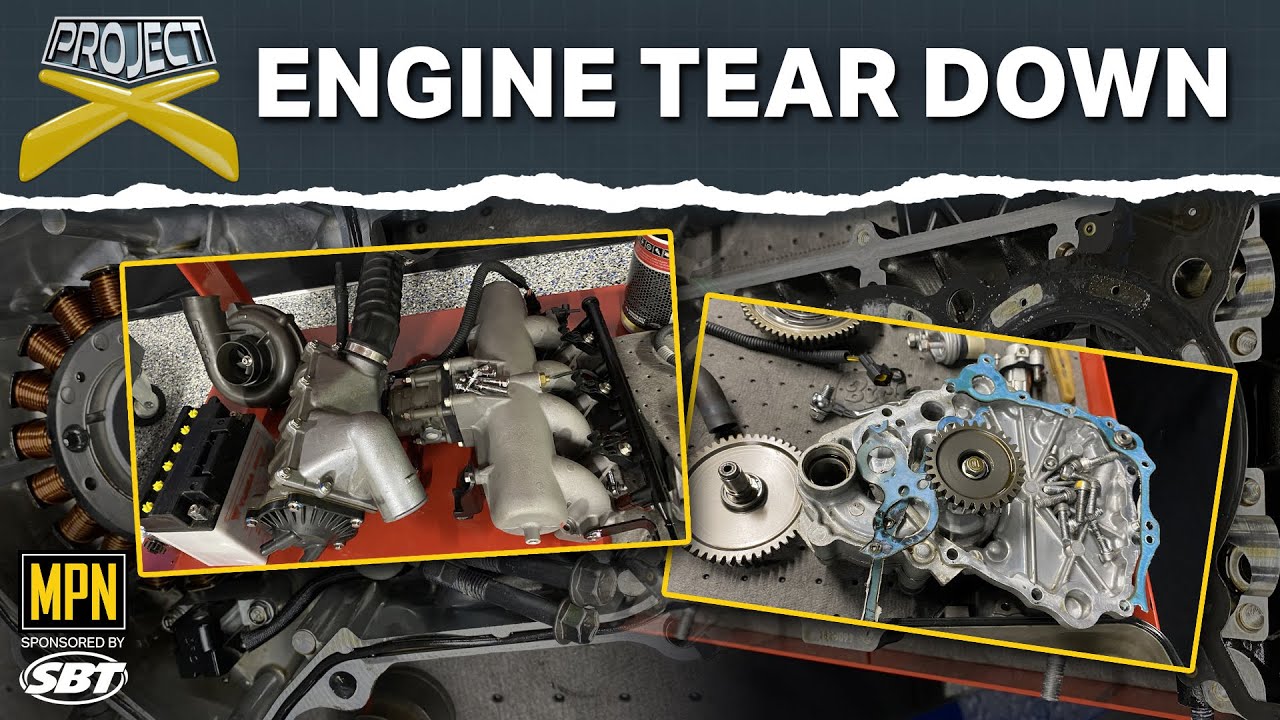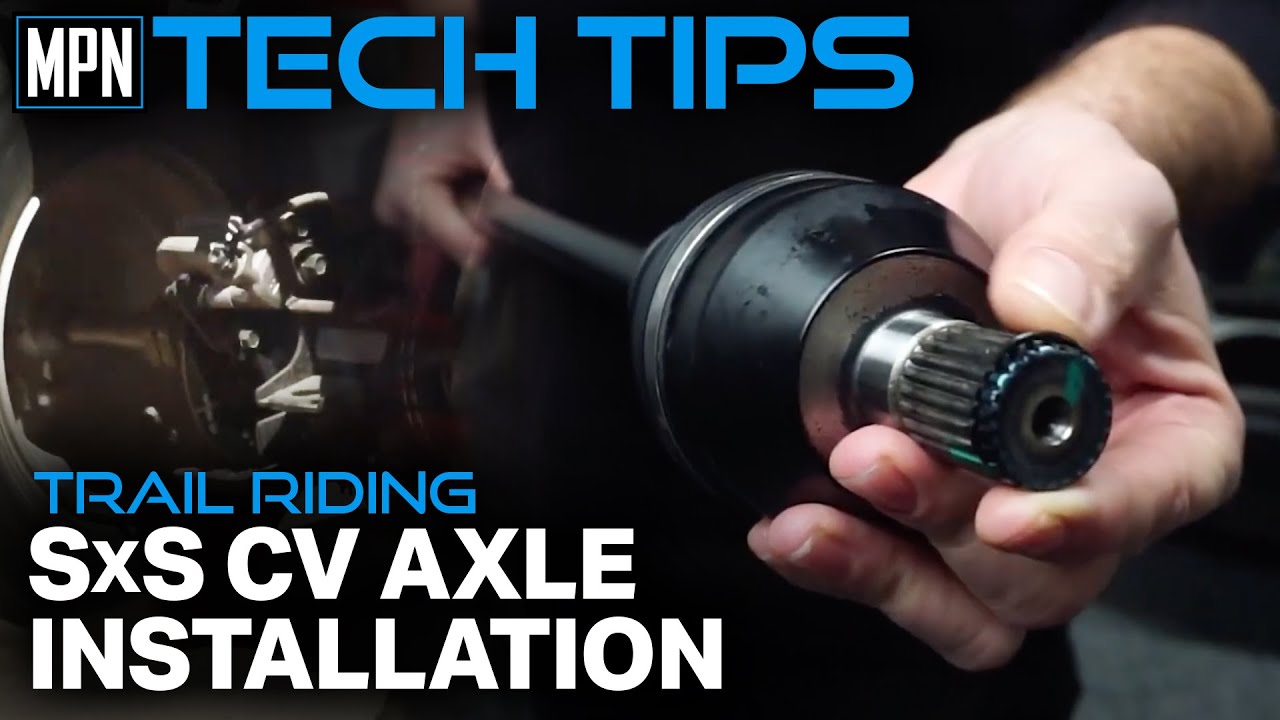With the widespread use of computer-controlled ignition systems, ABS and fuel injection, the modern powersport technician needs to be comfortable using diagnostic tools. These tools come in many different forms, but they all serve to make the job of identifying and fixing problems easier for the technician.
Many modern vehicles will show a trouble code on the instrument cluster. This may involve blinking out a trouble code with a check engine light or directly showing a code on a display. However, some models need a special tool before they will display a diagnostic trouble code (DTC). Suzuki provides a plug-in switch to change the self-diagnostic system from a basic user mode to a more specific dealer mode.
In user mode, the system can only tell the technician two things: if a trouble code is present and if the engine can be started or not. In dealer mode, the system can now display specific DTCs. The technician can then consult the service manual for that model to see what that code indicates and how to further evaluate the problem.
More advanced diagnostic tools can directly interface with the vehicle’s electronic control module. These tools may come in the form of a standalone diagnostic tool, computer connector cable with software or a PDA with a special connector and software. The more advanced tools will still show the DTCs, but often they will directly display the problem item in addition to the basic code.
Beyond reading DTCs, the special diagnostic tools can show a wide range of helpful information like engine temperature, intake air pressure, ignition advance, fuel injector interval and others depending on the vehicle sensors and the software. This gives the technician a detailed look into how the vehicle’s systems are performing.
Diagnostic tools are not only passive data display tools. In some cases, they are used to calibrate or adjust items like the throttle position sensor, idle speed controller and ABS systems. Often, the diagnostic tool is used or required to clear the DTCs in the engine control module memory. If the DTC causing the problem has been addressed, the codes need to be cleared so that a false reading doesn’t show in the future, or the code can show correctly if the action taken didn’t resolve the problem.
There are some important items to consider before using these tools. The technician needs to be sure to have the correct tool for the model being tested. Some manufactures use one tool across their entire line; others may have several different tools. Is a special connector cable needed for the model in question or does the tool connect directly? Is the tool self-powered or does it run off of the vehicle battery? Is the diagnostic tool software up to date? A quick look over the service manual will show if any extras or special procedures are required.
When dealing with FI and ABS systems, whether it be troubleshooting or tuning, a diagnostic tool can be the difference between a quick repair or wasting time and money guessing what’s going on with the vehicle.
Link: Cyclepedia

